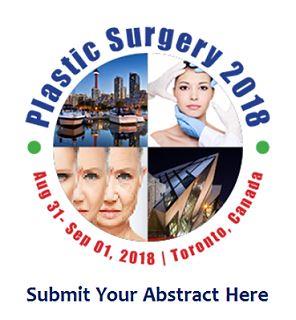Laura Bamford
York Teaching Hospital, UK
Title: Reconstruction of a periorbital defect with Radial Forearm Free Flap following necrotising fasciitis
Biography
Biography: Laura Bamford
Abstract
Introduction: A 43-year-old male presented with a 2-day history of increased pain and swelling around his right periorbital region following a small abrasion to his eyebrow. On presentation, necrotizing fasciitis was clinically diagnosed. Two-stage debridement involved the extensive sacrifice of extensive soft tissues including orbicularis oculi and levator muscles and eyelids, the globe was spared.
Reconstruction: The reconstructive challenge included separate coverage of the eyelid and minimizing bulk to the surrounding periorbital region. This case was jointly managed with the Oculoplastic Surgeons. Previously documented reconstruction with myofascial free flaps has led to unwieldy flaps with aesthetically poor results. To maximize the aesthetic result skin grafts from the upper arm were grafted to the eyelids and were then completely covered with a 10x7cm soft tissue radial forearm free flap (RFFF) utilizing cephalic venous drainage. This was anastomosed to the facial vessels. Secondary surgery was performed 8 weeks later involving division of the flap, uncovering the skin graft and debulking to provide contour.
Conclusion: In this unusual case, composite reconstructive approaches were combined to overcome a unique challenge. This is the first described case of using RFFF for reconstruction of the periorbital region following such extensive tissue loss, whilst maintaining the function of the eye following necrotizing fasciitis. The RFFF provided excellent short and long-term reconstruction. It protected the eyelid skin grafts and matched the facial contours well. Division of the flap following the establishment of the collateral blood supply was straightforward and well tolerated. We would recommend its consideration for facial defect consideration once the acute infection is cleared.

